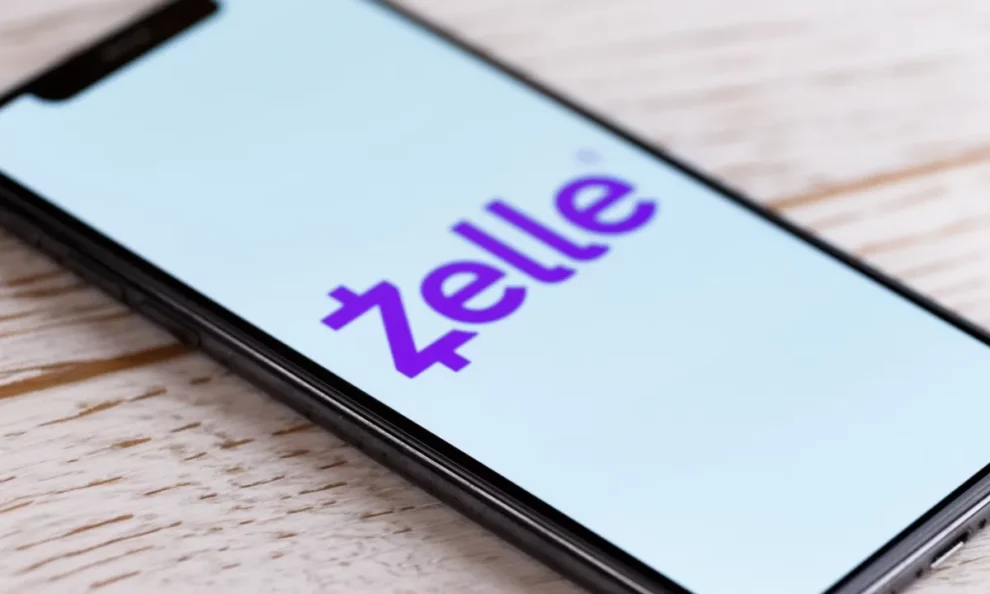The era of Zelle’s standalone app has come to an end. The popular peer-to-peer payment service quietly discontinued its independent mobile application this week, marking the final step in a shift toward full integration with banking platforms. While the app is no longer available, Zelle itself remains fully operational—now accessible exclusively through participating banks and credit unions.
The move, first announced last year, reflects how most users already interact with the service. According to Zelle, only 2% of transactions occurred through its dedicated app, while the overwhelming majority of its 151 million users accessed the service directly via their financial institutions’ digital platforms. For those who relied on the standalone app, the transition means re-enrolling through their bank to continue sending and receiving money.
From Standalone App to Banking Integration
Launched in 2017 by a coalition of about 30 major banks, Zelle was designed to compete with established payment apps like Venmo, Cash App, and Apple Pay. Unlike its competitors, however, Zelle distinguished itself by operating within the traditional banking system, allowing near-instant transfers between accounts without requiring users to maintain separate digital wallets.
Initially, the standalone Zelle app served as a bridge for customers whose banks had not yet adopted the service. But as adoption surged—now encompassing over 2,200 banks and credit unions—the need for a separate app diminished. In 2024 alone, Zelle processed more than $1 trillion in transactions, setting a record for person-to-person payment services.
“The growth of Zelle since 2017 is a testament to the valuable role the service plays,” the company stated. “There’s clear national demand for a way to send and receive money directly from insured and regulated bank accounts.”
What Happens to Former App Users?
Customers who previously used the Zelle app should have received multiple notifications—via email and in-app alerts—about the impending shutdown. To continue using the service, they must now enroll through their bank’s mobile app or online banking portal.
For most users, the transition will be seamless, as Zelle’s functionality remains unchanged. The key difference is that transactions will now be managed entirely within their existing banking ecosystem rather than through a third-party application.
![]()
Fraud Concerns and Regulatory Scrutiny
Despite its widespread adoption, Zelle has faced criticism over fraud and scams on its platform. Last year, the Consumer Financial Protection Bureau (CFPB), under then-President Joe Biden, sued JPMorgan Chase, Bank of America, and Wells Fargo—three of the largest banks behind Zelle—for allegedly allowing fraud to proliferate on the service.
The CFPB claimed that since Zelle’s launch, customers of these banks had lost more than $870 million due to fraudulent transactions. Zelle and the banks dismissed the lawsuit as “meritless,” arguing that they already had fraud prevention measures in place. The case was ultimately dropped in March amid broader shifts in the CFPB’s leadership and priorities.
Still, the controversy highlighted ongoing concerns about the security of digital payment platforms. Unlike credit card transactions, which often come with fraud protections, Zelle transfers are typically irreversible once completed, making users vulnerable to scams. Banks have since implemented additional safeguards, such as delayed processing for first-time recipients and enhanced fraud detection algorithms.
Zelle’s decision to phase out its standalone app signals a broader trend in digital payments: deepening integration with traditional banking systems. While fintech apps like Venmo and Cash App operate as independent platforms, Zelle’s model emphasizes direct bank-to-bank transactions, eliminating the need for intermediary accounts.
This approach has proven particularly appealing to users who prefer the security and convenience of managing payments within their existing financial infrastructure. It also gives banks a competitive edge against fintech disruptors by offering a similarly seamless experience without requiring customers to leave their ecosystem.
As digital payments continue to evolve, Zelle’s success demonstrates that speed, trust, and banking integration remain key drivers of adoption. With the standalone app now retired, the service is doubling down on its original vision—making peer-to-peer payments as simple and secure as checking a balance.
For millions of Americans, Zelle is no longer just an app—it’s simply how money moves.
















Add Comment